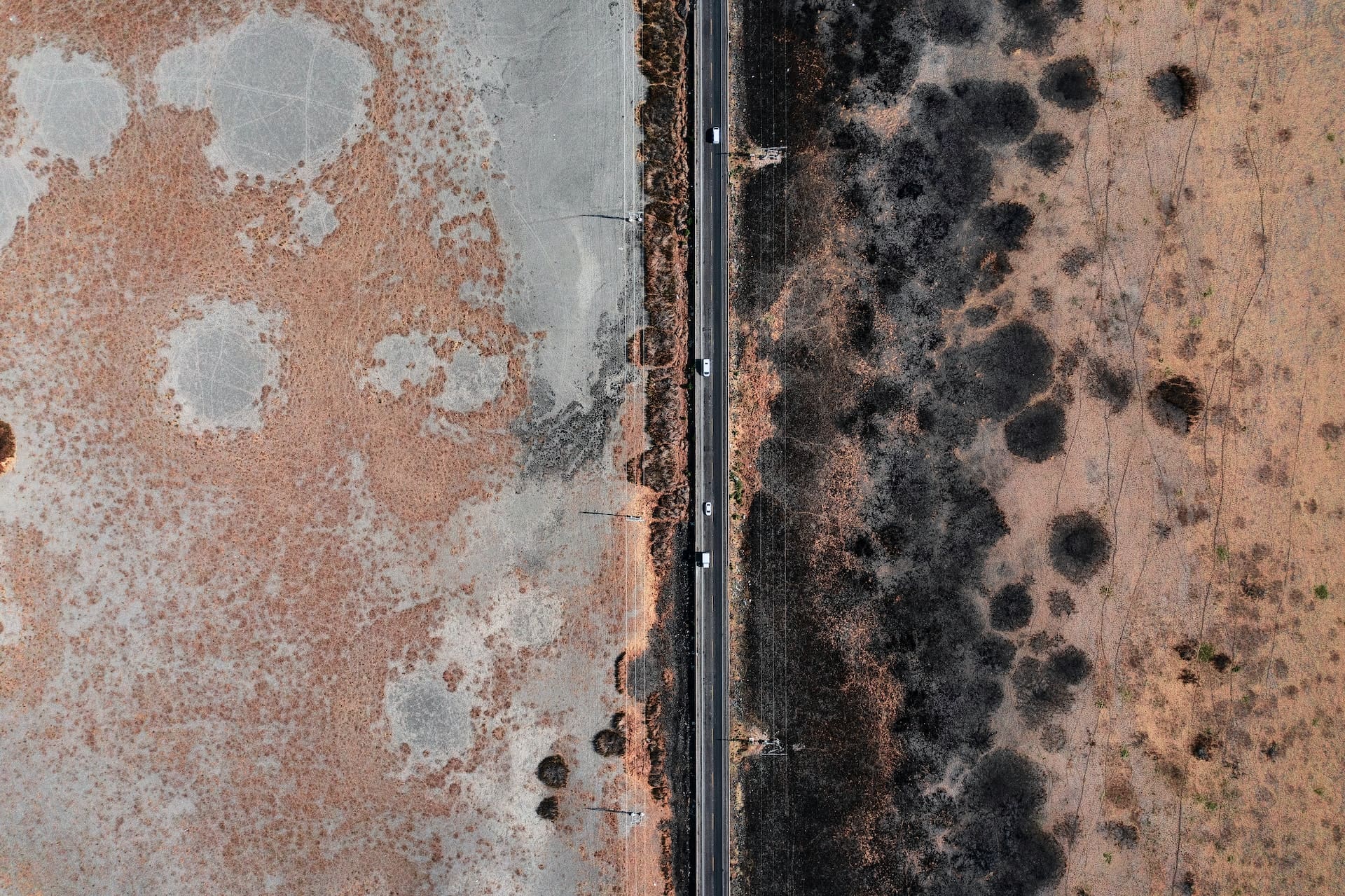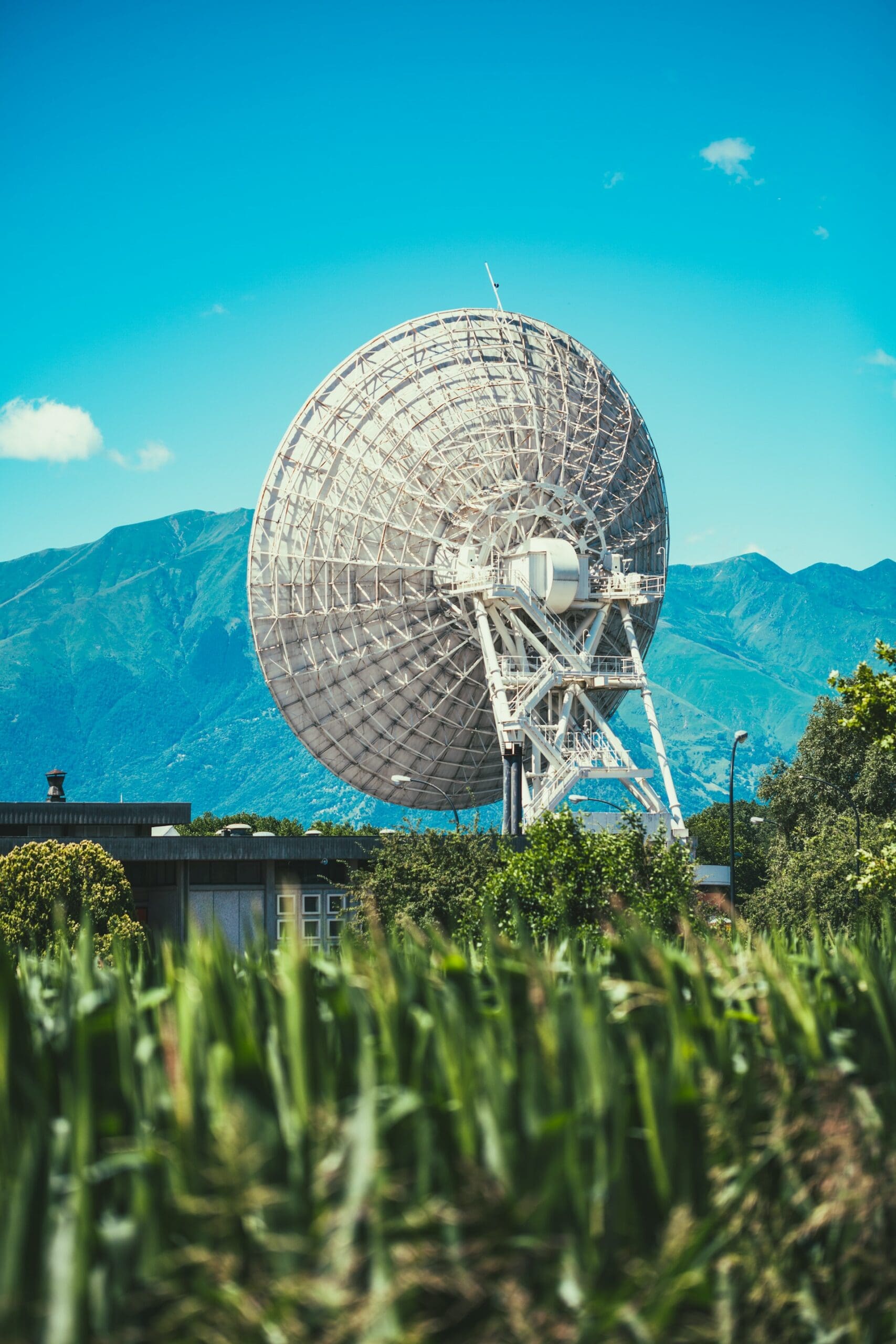Introduction
Water leaks are an insidious household problem that can lead to significant damage in your home if not identified and addressed promptly. The damage caused by water leaks can range from structural issues to mold growth, which can harm both your property and your family’s health. This comprehensive guide will aid you in understanding the process of assessing leak damage in your Long Island home.
Identifying the Source of the Leak
Before any repairs can begin, the source of the leak needs to be identified. This might sound like a simple step, but sometimes, the leak’s origin isn’t immediately obvious.
Check for Visible Signs
Visible signs of a leak often include damp spots on the walls or ceiling, bubbling paint or wallpaper, and pooling water. Stains, peeling, and discoloration can also indicate the presence of a leak. Water may travel along pipes or other structures before manifesting in a visible leak, so the affected area may not be directly under the leak itself.
Use a Moisture Meter
If you can’t see any visible signs, a moisture meter can help detect hidden leaks. This device measures the moisture level in building materials and can pinpoint areas affected by leaks. Moisture meters work by sending a signal into the material and then measuring the signal’s return. This can help identify the exact location of the leak, even if it’s not immediately apparent.
Assessing the Damage
Once the source of the leak has been identified, the next step is to assess the extent of the damage. Water leaks can cause a variety of problems, some of which may not be immediately obvious.
Structural Damage
Check for warping or discoloration in walls, ceilings, and floors. These can be signs of water damage that could weaken the structural integrity of your home. Look for cracks or deformities in your home’s foundation or load-bearing walls, as these can be serious. If you notice any of these signs, it’s important to contact a professional immediately.
Mold Growth
Mold thrives in damp environments and can cause health problems. If you notice a musty odor or see visible mold growth, it’s important to get a professional mold assessment. Mold can cause allergic reactions and respiratory problems, and certain types of mold can be incredibly harmful, so it’s crucial that it’s handled properly.
Taking Action
Once the leak’s source has been identified and the damage assessed, it’s time to take action.
Document the Damage
Documenting the damage is a crucial step for insurance purposes. Take photos of the damage and make notes of the extent and location. Be as detailed as possible in your documentation. If the damage is extensive, you may need to submit a claim to your homeowner’s insurance.
Contact Professionals
If the damage is too extensive for a simple DIY fix, it’s time to call in the professionals. A water damage restoration company has the tools and expertise to properly assess and repair the damage. They can help you navigate the process, from initial assessment to finished repair, ensuring that your home is safe and secure.
Conclusion
Assessing leak damage in your home can be a daunting task, but it’s vital to address it promptly. By identifying the source of the leak, assessing the damage, and taking appropriate action, you can help prevent further damage and protect your Long Island home. Remember, early detection and prompt action can save you from more extensive and costly repairs down the line.




